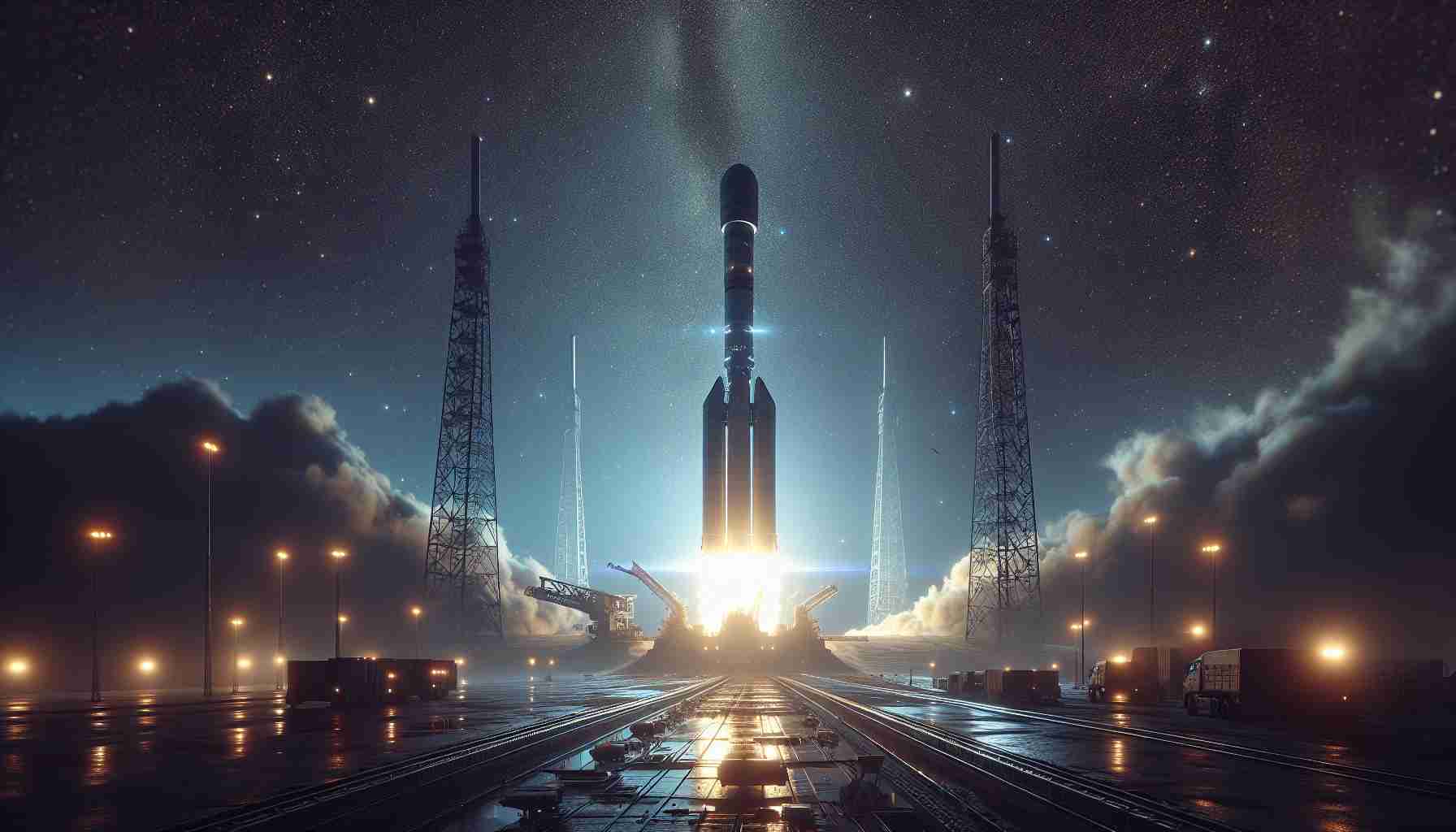
SpaceX is set to carry out an exciting mission on Friday evening, aimed at expanding its satellite internet coverage. A Falcon 9 rocket will be launched from the Cape Canaveral Space Force Station, scheduled to take off at 7:31 p.m. However, there is a contingency plan for a backup launch window on Saturday at 7:06 p.m. if necessary adjustments need to be made.
This launch marks a significant milestone as it is the seventeenth mission for the booster being utilized. This particular first-stage booster has proven its reliability, having successfully completed multiple missions, including various satellite deployments for other companies as well as previous Starlink launches.
After the initial phase of the flight, the booster will attempt to land on the drone ship named Just Read the Instructions, which is positioned in the Atlantic Ocean. This reusable technology is part of SpaceX’s ongoing efforts to reduce costs and increase the frequency of satellite launches.
For those who wish to follow the action live, a local news station, WESH 2, will be providing a live stream of the launch event. As SpaceX continues to innovate in space technology, this launch adds another layer to its mission of providing robust internet services through its ever-growing constellation of Starlink satellites.
SpaceX’s Upcoming Starlink Launch: Key Insights and Future Prospects
As SpaceX prepares for its upcoming mission to deploy a new batch of Starlink satellites, the aerospace company is not just expanding its satellite internet services but also tackling some significant challenges and opportunities in the realm of space technology. Scheduled for launch from Cape Canaveral, the mission aims to enhance global internet coverage, particularly in underserved regions.
What is the significance of this launch?
The launch is pivotal for both SpaceX and global internet accessibility. With this mission, SpaceX seeks to deploy the latest version of Starlink satellites, which are designed to improve broadband speeds and reduce latency. These updates are crucial not only for consumers but also for sectors reliant on stable communications, such as telemedicine and remote education.
What challenges does SpaceX face with the Starlink project?
One of the most significant challenges is managing space traffic and avoiding collisions in Earth’s orbit. The increasing number of satellites raises concerns about space debris and the viability of the lower orbits for future missions. Additionally, regulatory hurdles and international agreements, particularly about radio spectrum allocation and potential interference with astronomical observations, remain ongoing issues.
What are the advantages and disadvantages of the Starlink initiative?
There are numerous advantages to the Starlink program, including:
– Global Coverage: The initiative aims to provide internet access in rural and remote areas that are often neglected by traditional broadband providers.
– Speed and Accessibility: Starlink offers competitive internet speeds, promising to meet the demands of modern internet usage.
– Innovation in Launch Technology: SpaceX’s reusable rocket technology significantly lowers costs and promotes a higher launch frequency.
However, there are also notable disadvantages:
– Space Debris: The proliferation of satellites increases the risk of collisions and creates additional space debris.
– Cost of Infrastructure: Despite its long-term benefits, the initial setup and costs of satellite internet can still be prohibitive for some users.
– Environmental Concerns: The impact of satellite production and launch on the environment prompts discussions about sustainability in aerospace ventures.
Continuing Developments and Future Launches
With the upcoming launch, SpaceX is expected to continue its rapid deployment strategy, which could see the Starlink constellation grow to thousands of satellites in the coming years. This effort not only pushes the limits of space engineering but also raises questions about the long-term implications for both terrestrial internet service and outer space access.
For those looking to explore the latest in aerospace innovation and satellite technology, you can learn more about SpaceX at SpaceX, or delve into the world of satellite technology through resources like NASA.
In summary, the upcoming Starlink launch is not just a routine deployment; it represents a significant step toward redefining global internet access and sets the stage for ongoing discussions about the future of space and technological innovation.



